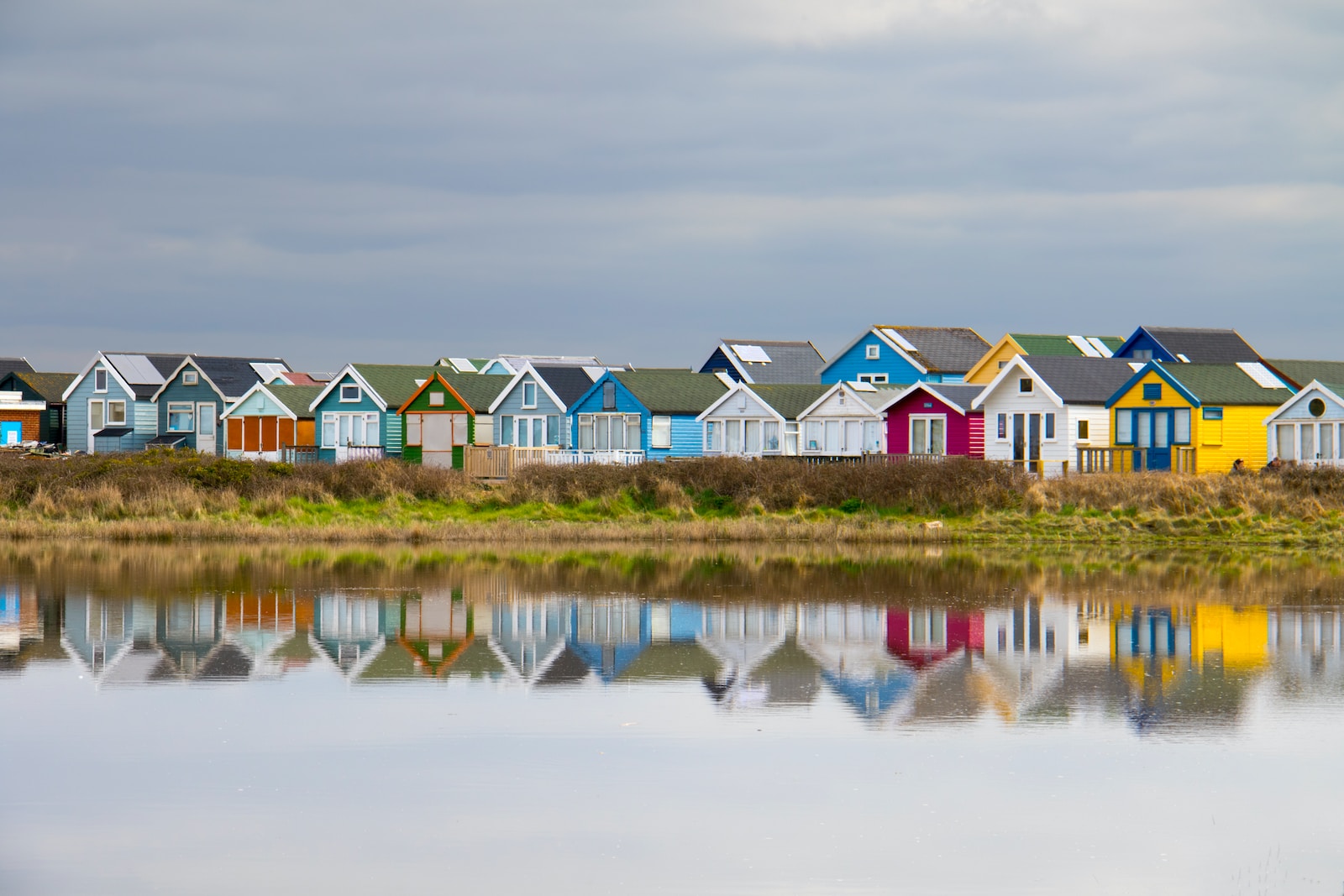Water scarcity is a global concern that demands our attention now more than ever. As our population grows and climate changes, water conservation becomes crucial to ensure a sustainable future. Water-Wise Living: Strategies for Conserving and Reusing Water at Home offers valuable insights into simple yet impactful practices that can help you make a difference in your everyday life.
Introduction
Embracing a water-wise lifestyle isn’t just a responsibility; it’s an opportunity to contribute to a more sustainable world while also benefiting from reduced water bills. In this article, we’ll delve into a variety of strategies that empower you to conserve and reuse water within the comfort of your own home. From mindful water usage habits to innovative technologies, there’s a wealth of options available to make your household more water-efficient.
Water-Wise Living: Strategies for Conserving and Reusing Water at Home
Water-wise living involves adopting mindful practices that minimize water wastage and maximize efficiency. By incorporating these strategies into your daily routine, you’ll not only help preserve one of our most precious resources but also inspire others to follow suit.
Embrace the 3 Rs: Reduce, Reuse, Recycle
Reduce your water consumption by fixing leaks promptly, installing low-flow fixtures, and being mindful of your water use during tasks like dishwashing and bathing. Reuse water whenever possible. For instance, collect rainwater in barrels to water plants or wash your car. Recycle water from household chores, such as using leftover pasta water to nourish your garden.
Upgrade to Water-Efficient Appliances
Modern appliances offer impressive water-saving capabilities. When shopping for appliances like washing machines and dishwashers, opt for models with high Energy Star ratings. These appliances use significantly less water without compromising performance.
Harvest Rainwater for Various Uses
Harvesting rainwater is a sustainable approach to supplementing your water needs. Set up a rain barrel to collect rainwater from your rooftop. This collected water can be used for watering plants, washing your driveway, and even flushing toilets.
Landscape Thoughtfully
Creating a water-wise landscape can have a substantial impact on your water consumption. Choose native plants that require less water and implement efficient irrigation systems like drip irrigation to minimize wastage.
Mindful Lawn Care
Maintaining a lush lawn can be water-intensive. Consider allowing your lawn to go dormant during drier months, which can significantly reduce water needs. Additionally, mow your lawn to a higher height to promote water retention and discourage weed growth.
Greywater Recycling Systems
Installing a greywater recycling system allows you to reuse water from sinks, showers, and laundry for purposes like irrigation. While more complex to set up, these systems provide a sustainable way to utilize water that would otherwise go to waste.
Smart Irrigation Technology
Incorporate smart irrigation controllers that adjust watering schedules based on weather conditions. These controllers prevent overwatering by ensuring that your landscape receives just the right amount of water it needs.
Mulching for Soil Moisture
Applying mulch to your garden beds helps retain soil moisture by preventing evaporation. This simple yet effective technique can reduce your outdoor water usage while promoting plant health.
Fix Leaks Promptly
A dripping faucet may seem insignificant, but over time, it can waste a substantial amount of water. Fix leaks as soon as you notice them to prevent unnecessary water loss.
Educational Outreach
Empower your community by sharing your water-wise knowledge. Organize workshops or create informational pamphlets that teach others how to adopt water-saving practices in their own homes.
Frequently Asked Questions (FAQs)
Q: How much water can I save by fixing a leaky faucet?
A: A single leaky faucet, if left unaddressed, can waste hundreds of gallons of water annually. Fixing it promptly can lead to significant water savings.
Q: Are water-efficient appliances more expensive?
A: While the upfront cost might be slightly higher, the long-term savings on water bills usually outweigh the initial investment.
Q: Can I use recycled greywater in all areas of my garden?
A: It’s best to use greywater for irrigation purposes and avoid direct contact with edible plants to prevent any health concerns.
Q: How can I encourage my neighbors to embrace water-wise living?
A: Lead by example and share your success stories. Hosting a community workshop or sharing tips on social media can inspire others to join the cause.
Q: What is xeriscaping, and how can it help with water conservation?
A: Xeriscaping is a landscaping technique that focuses on using drought-resistant plants and minimizing water use. It’s an excellent way to conserve water while maintaining an attractive outdoor space.
Q: Are there any water-saving incentives or rebates available from local governments?
A: Many local governments offer incentives for water-saving initiatives, such as rebates for purchasing water-efficient appliances or installing rainwater harvesting systems. Check with your municipality for available programs.
Conclusion
Water-Wise Living: Strategies for Conserving and Reusing Water at Home presents a comprehensive array of practices that enable you to contribute to water conservation in a meaningful way. By incorporating these strategies into your daily life, you not only conserve water but also set an example for others to follow. With every drop saved, you’re making a positive impact on the environment, your community, and future generations.
